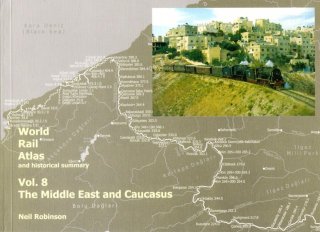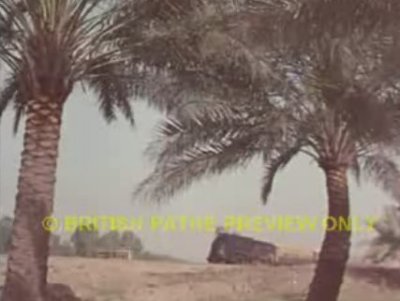The November 2006 issue of American magazine Railway Age has a report from former KCS dispatcher, locomotive leasing/maintenance specialist, and Trains magazine editor Mark Hemphill
, who has been in Iraq as senior railway consultant for the U.S. Department of State’s Iraq Reconstruction Management Office
.
It is a very interesting read, describing the scale of the problems faced by IRR, in particular with security.
On the record . . . with railroader Mark W. Hemphill
There have been 1 500-plus attacks on IRR fixed plant, concentrated in areas where there is no local control. Some 90% of attacks use IEDs (improvised explosive devices) placed on the track. Crews go out daily to repair the two to five meters of damage the devices generally cause.
…
Another 7% of attacks are from small-arms fires (firing at trains or repairmen), and 3%, complex attacks using IEDs, small-arms fires, grenades, and machine guns.
Passenger trains are not attacked, according to Hemphill, because “everything in Iraq is local, family, tribal. You don’t attack because your mother-in-law is onboard.”
 The bridge formerly carried a metre-gauge railway. The book Middle East Railways by Hugh Hughes says the bridge was built by London firm Holloway Bros, and opened to rail traffic in October 1950, replacing a wagon ferry
The bridge formerly carried a metre-gauge railway. The book Middle East Railways by Hugh Hughes says the bridge was built by London firm Holloway Bros, and opened to rail traffic in October 1950, replacing a wagon ferry 
